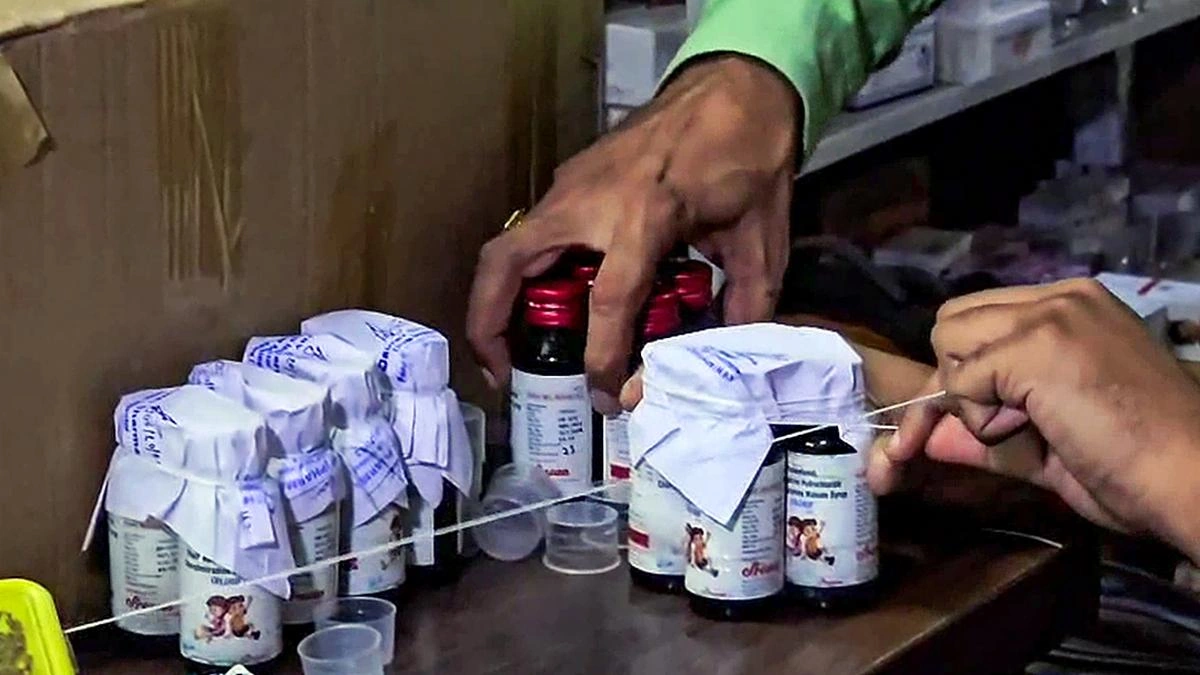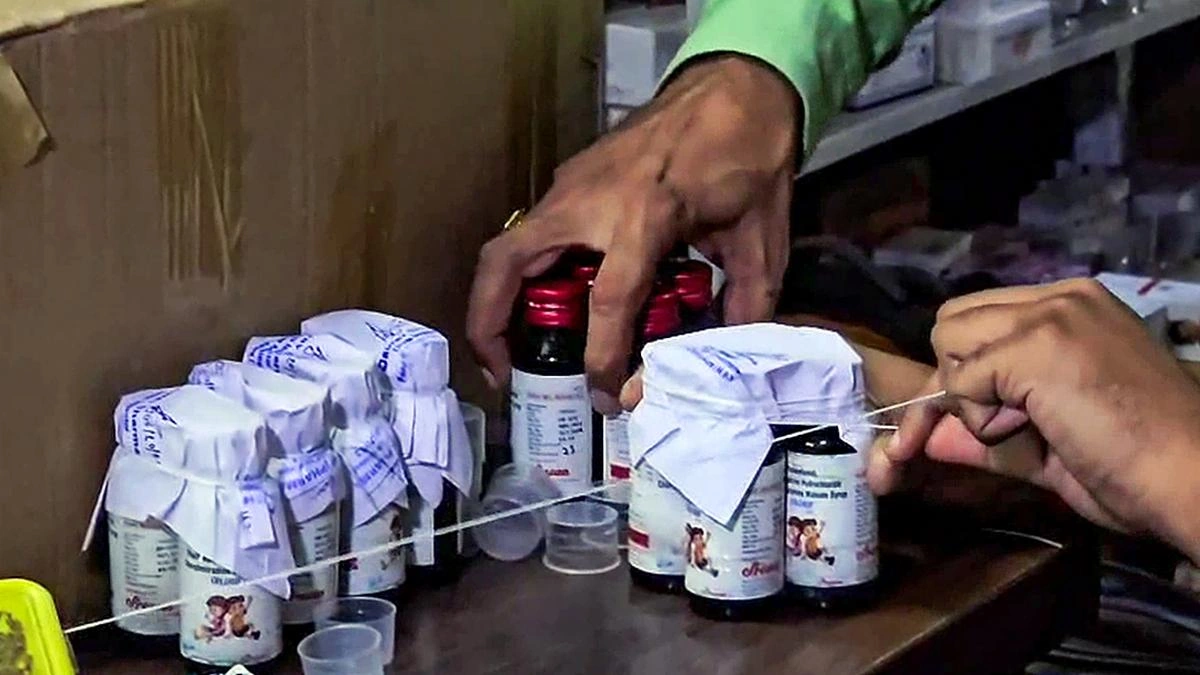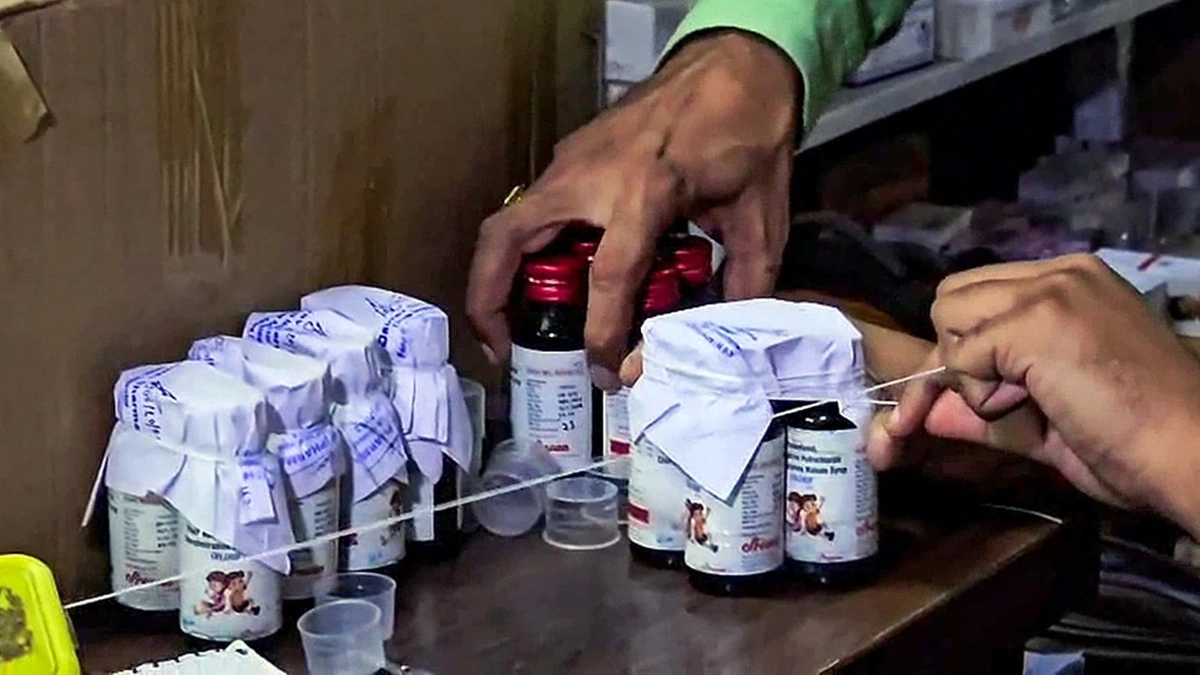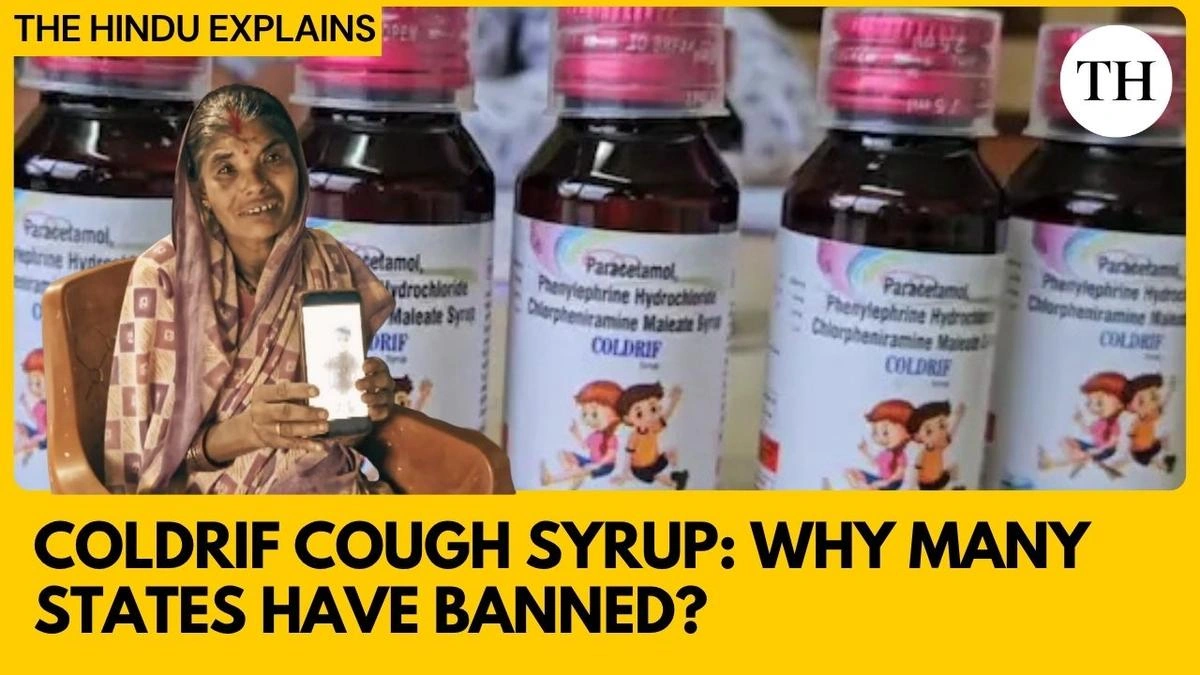Coldrif Cough Syrup | Why it’s Linked to Children’s Deaths in India
Okay, let’s dive into something really serious – the link between Coldrif cough syrup and the tragic deaths of children in India. It’s not just another news story; it’s a matter of public health, accountability, and, frankly, something that should make us all sit up and pay attention. But what’s the real story here? What’s causing this? And what’s being done to prevent it? Let’s unpack it, shall we?
The Deadly Ingredient | What’s Really Inside?
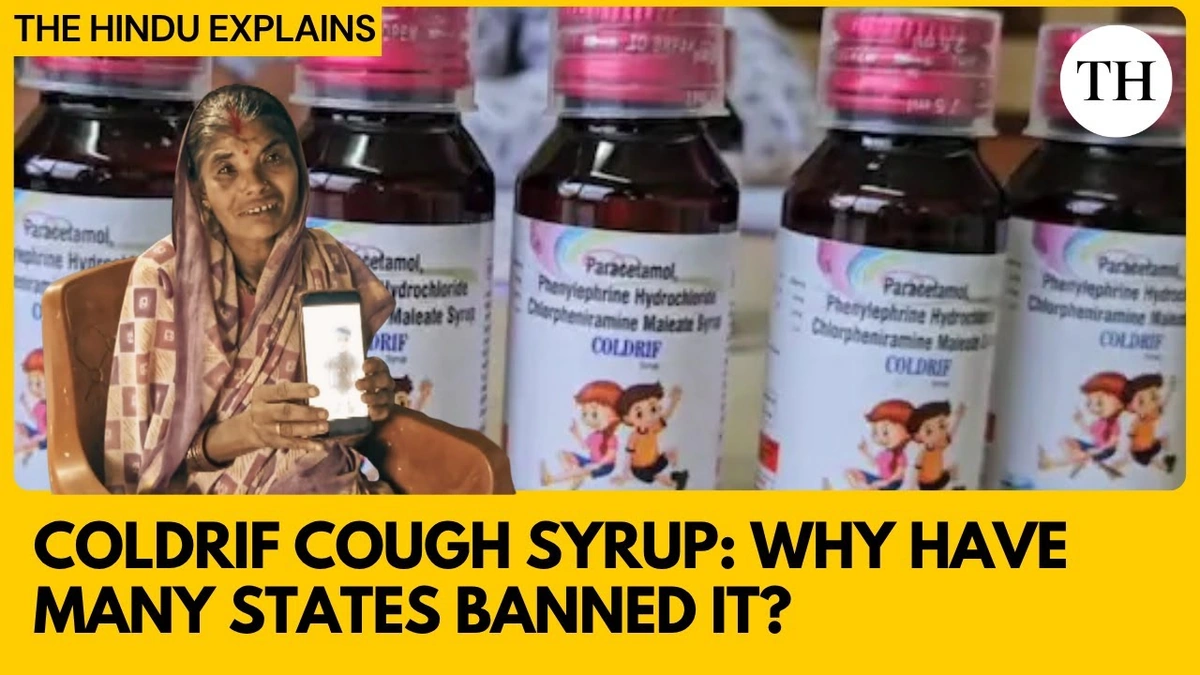
Here’s the thing: when we talk about cough syrups , we often assume they’re safe. But sometimes – and this is the terrifying part – they contain dangerous levels of contaminants like diethylene glycol (DEG) or ethylene glycol (EG). These chemicals are toxic and can cause kidney failure, neurological problems, and, tragically, death, especially in children. It’s not like these are secret ingredients; they’re supposed to be absent entirely.
So, why are they there? Well, sometimes it comes down to unscrupulous manufacturers cutting corners to save money. DEG and EG can be cheaper alternatives to safe solvents like glycerin or propylene glycol. The problem? They’re poisonous. And when these tainted syrups make their way into the market, the consequences can be devastating. This isn’t just about one bad batch; it’s a systemic issue that needs addressing.
How Does Coldrif Compare to Other Cough Syrups?
That’s a vital question. While Coldrif cough syrup deaths have brought this issue to the forefront, it’s essential to understand if this is an isolated incident or part of a broader problem with cough syrup manufacturing and regulation. It is important to note that the authorities are still investigating the specifics of the Coldrif case, a deep dive into similar incidents involving other cough syrups reveals a disturbing pattern: substandard manufacturing practices, inadequate quality control, and weak regulatory oversight. When assessing the risks, it is crucial to consider factors such as the manufacturer’s reputation, the syrup’s certification, and any available lab test results.
The Regulatory Labyrinth | Who’s Watching the Watchmen?
Let’s be honest – the regulatory framework for pharmaceuticals in India is… complex. On one hand, we have the Central Drugs Standard Control Organization (CDSCO), responsible for approving new drugs and setting standards. On the other, state drug controllers are tasked with licensing and monitoring manufacturing units. The problem? Coordination is often lacking, and enforcement can be weak. According to the Pharmaceutical industry in India , there are thousands of manufacturers, but not all of them adhere to Good Manufacturing Practices (GMP). This regulatory gap creates opportunities for substandard or falsified medicines to enter the market. It’s like having a hundred doors, but only a few guards.
What fascinates me is how easily these things can slip through the cracks. It isn’t just about malicious intent; sometimes it’s sheer negligence, a lack of proper training, or inadequate testing facilities. Whatever the cause, the result is the same: potentially deadly products reaching vulnerable populations. And that’s simply unacceptable.
What Can Be Done? A Call to Action
So, what’s the solution? Well, it’s multifaceted. First, we need stricter enforcement of quality control measures at every stage of the manufacturing process. This means regular inspections, rigorous testing, and severe penalties for non-compliance. According to the latest circular, the official CDSCO website emphasizes the importance of adhering to stringent quality standards for pharmaceutical products. Secondly, we need to strengthen the regulatory framework and improve coordination between central and state authorities. The AIIMS exam secrets , may provide some insight into preparation of such matters. This may include simplifying licensing procedures, increasing transparency, and empowering drug inspectors to take swift action against offenders.
And it’s not just about the government. As consumers, we also have a role to play. We need to be more vigilant about the medicines we buy, checking for proper labeling, expiry dates, and certifications. If something seems off – if the packaging is damaged or the price is suspiciously low – it’s better to err on the side of caution and consult a healthcare professional.
A common mistake I see people make is assuming that all medicines sold at reputable pharmacies are safe. While that’s generally true, it’s not a guarantee. Counterfeit or substandard drugs can sometimes infiltrate even the most trusted supply chains. So, be proactive, ask questions, and don’t be afraid to demand proof of quality. The Russia cancer vaccine enteromix , also brings up many important public health considerations. Ultimately, protecting our children and ourselves requires a collaborative effort from manufacturers, regulators, healthcare providers, and consumers.
Moving Forward | A Safer Future for Our Children
Let me rephrase that for clarity: this isn’t just about blaming someone; it’s about creating a system that makes such tragedies far less likely. It’s about prioritizing public health over profits, ensuring that every medicine on the market is safe, effective, and of the highest quality. This situation calls for a fundamental shift in how we regulate and monitor the pharmaceutical industry. It demands transparency, accountability, and a unwavering commitment to protecting the health and well-being of our children. Only then can we prevent future tragedies and ensure that no parent has to suffer the unimaginable pain of losing a child to a preventable cause.
FAQ Section
Frequently Asked Questions
What exactly is diethylene glycol (DEG) and why is it dangerous?
DEG is a toxic industrial solvent. If ingested, it can cause kidney failure, neurological damage, and even death. It’s never meant to be an ingredient in medicines.
How can I be sure that the cough syrup I’m giving to my child is safe?
Always check the label for proper certification, manufacturing details, and expiry dates. Consult your doctor or pharmacist if you have any doubts.
What if I suspect a cough syrup is contaminated?
Immediately stop using the product and report it to your local drug control authority. Seek medical attention if your child shows any adverse symptoms.
Are imported cough syrups safer than locally manufactured ones?
Not necessarily. Both imported and locally manufactured drugs can be subject to quality control issues. Always verify the product’s authenticity and certification.
What is the government doing to prevent these incidents from happening again?
The government has initiated investigations and is working to strengthen regulatory oversight and quality control measures. Stricter penalties for non-compliance are also being considered.
What are the symptoms of diethylene glycol poisoning?
Symptoms may include nausea, vomiting, abdominal pain, kidney problems, neurological issues, and altered mental state. Seek immediate medical attention if these symptoms appear.
